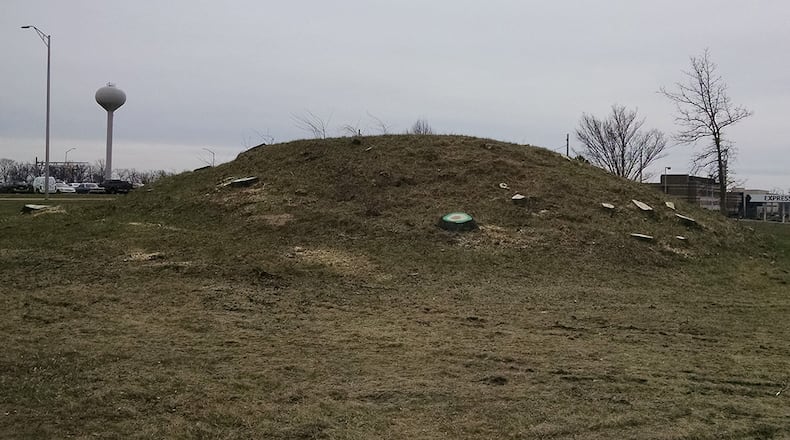The theme for this year’s observance of Native American Heritage Month — also known as American Indian and Alaska Native Heritage Month — is “Standing Together.”
Wright-Patterson AFB continues to have a realtionship witha number of tribes, including the Sac and Fox of the Mississippi in Iowa; Keweenaw Bay Indian Community; Saginaw Chippewa Indian Tribe; Seneca Nation of Indians; and the Seneca Cayuga Tribe of Oklahoma.
Air Force Instruction 90-2002, Air Force Interactions with Federally Recognized Tribes, as well as Department of Defense Instruction 4710.02, serve as guidance for bases to build relationships with tribes where Air Force activities might affect protected tribal resources, tribal rights or Indian lands. Wright-Patterson AFB has consulted with tribes since 2008.
While no tribe has identified or attached any cultural or religious significance to protected tribal resources on base lands, they have a general interest in the area where the base is located, said Raymond Baker, installation tribal liaison officer and chief, Environmental Branch, 88th Civil Engineer Group.
The tribes request consultation on activities involving ground disturbance in undisturbed areas and all activities involving the seven Adena mounds located on base land. Six exist at the Wright Brothers Memorial, while another one is found in Area B.
“The tribes have concern with preservation measures for the mounds,” he said. “We consult with the five tribes when we do anything that involves the Adena mounds or any ground disturbance because of the potential areas that may not have been disturbed before. There might be discoveries of (Native) artifacts.”
In the event that some discovery would be made, the Saginaw Chippewa Indian Tribe – the nearest tribe to Wright-Patterson AFB – would be the first responder.
A teleconference with the five tribes is one of the ways communication is kept open, Baker said.
“This is something we do to maintain good relations with the tribes,” he noted. “The heritage of the United States began with the (native) people; it’s neat to meet with them and observe the different cultures and how they see things.”
About the Author
